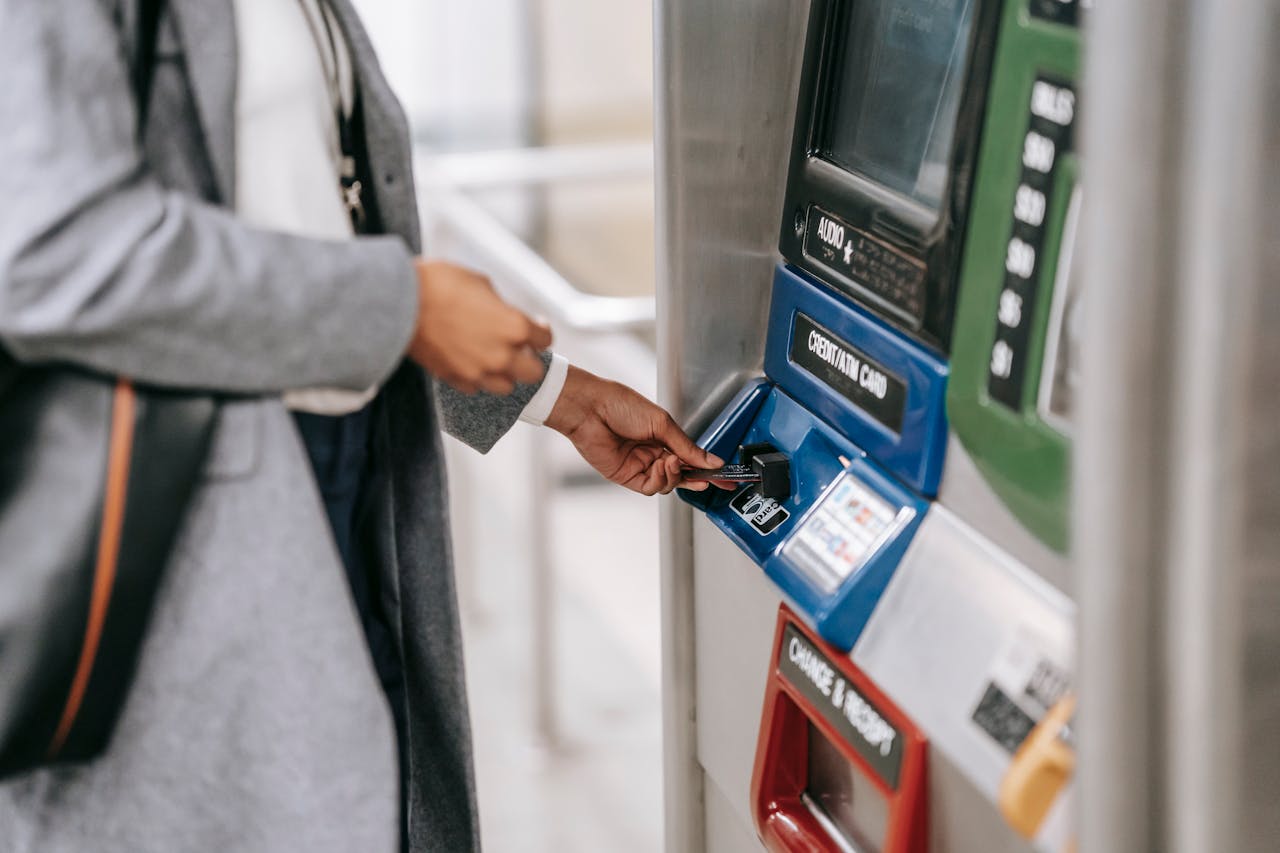

In Southeast Asia, the construction industry was one of the hardest-hit sectors at the peak of the COVID-19 pandemic. With limited mobility and activity allowed during the nationwide lockdowns across the region, the industry had to deal with disrupted schedules and delays in the delivery of materials and supplies. Globally, the industry experienced a 13 to 30 percent contraction in the first two years of the pandemic.
Construction projects in the Philippines mirrored these trends. Strict lockdowns inhibited construction activity and timelines kept getting pushed back. Once restrictions slowly eased, it began with essential projects like public infrastructure and high-priority private projects. As productivity increases in the Philippines’ construction industry, so does the adoption of new technologies to help rebuild the sector.
What are the latest trends in the digitalization of the Philippines’ construction industry? We look at the industry’s current market size, prospects for growth, and the potential for development through the industry’s digital transformation.

In a YCP Solidiance insight article titled “Accelerating the Philippine Construction Industry via Digital Transformation,” digitalization has become increasingly important for the growth of the construction market size in the Philippines. Industry players have taken the lead by developing projects that support wider digital reach in the country, such as the construction of cellular sites and commercial spaces that serve as venues for companies offering digital services.
A recent construction industry benchmark report showed that 26% of 259 firms in the Philippines already consider themselves “digital-first” companies, with 56% also taking steps to move forward with their digital transformation journey. A total of 65% of these companies have made major digital investments in the last 24 months.
With a favorable projection for the growth of the construction industry in the Philippines this year, innovative solutions being embraced by contractors in the country will help spur the development of the industry. Projections indicate that the construction industry growth rate in the Philippines will hit 21.8% this year, leading to an annual average growth rate of 7.5% from 2023-2026.
As firms harness digital technologies to increase the productivity of the construction industry in the Philippines, the national government can create programs and packages that will inject more funding for the sector, giving businesses greater opportunities to embrace digitalization. Making the construction industry more attractive to foreign direct investments will help accelerate its development while also providing opportunities for other industries to grow.
Considering the pivotal role of the construction industry to the entire country’s digitalization, public-private partnerships should be explored to strengthen the Philippines’ overall competitiveness and readiness for digital transformation.
If the digitalization of the Philippine construction industry will be supported by a favorable environment, it will not only spur the sector’s growth to contribute to the country’s gross domestic product – it can also enable various industries in the Philippines to embrace digital technologies through better infrastructure and more commercial and industrial projects.

Leading the Charge: Major Players in SEA’s Digital Lending Market
The fintech lending market in SEA is poised for substantial growth, including digital lending which is set to surpass digital payments as the primary revenue driver for the region's digital financial services sector by 2025, with a compound annual growth rate (CAGR) of 33%. This growth is fueled by the widespread adoption of automated loan origination processes and the seamless integration of financial services into digital platforms.

Unlocking Opportunities in the SEA Digital Financial Services Landscape
In recent years, Southeast Asia (SEA) has emerged as a hotbed for fintech innovation, transforming the financial landscape across its diverse markets. This transformation is characterized by a surge in digital financial services (DFS), revolutionizing how individuals and businesses manage their finances. However, the journey is not without its challenges, and understanding these is crucial for stakeholders aiming to navigate this rapidly evolving sector.

How SEA Startups are Navigating Funding Challenges
The startup ecosystem in Southeast Asia (SEA) has long been a vibrant hub for innovation and growth. However, recent global economic shifts and the aftermath of the COVID-19 pandemic have ushered in a new era of funding challenges.

Challenges for Sustainable Recovery in Southeast Asia
Sustainable recovery in Southeast Asia faces numerous challenges, yet also presents significant opportunities for green growth. Addressing sustainable issues is crucial for achieving a resilient and sustainable future.